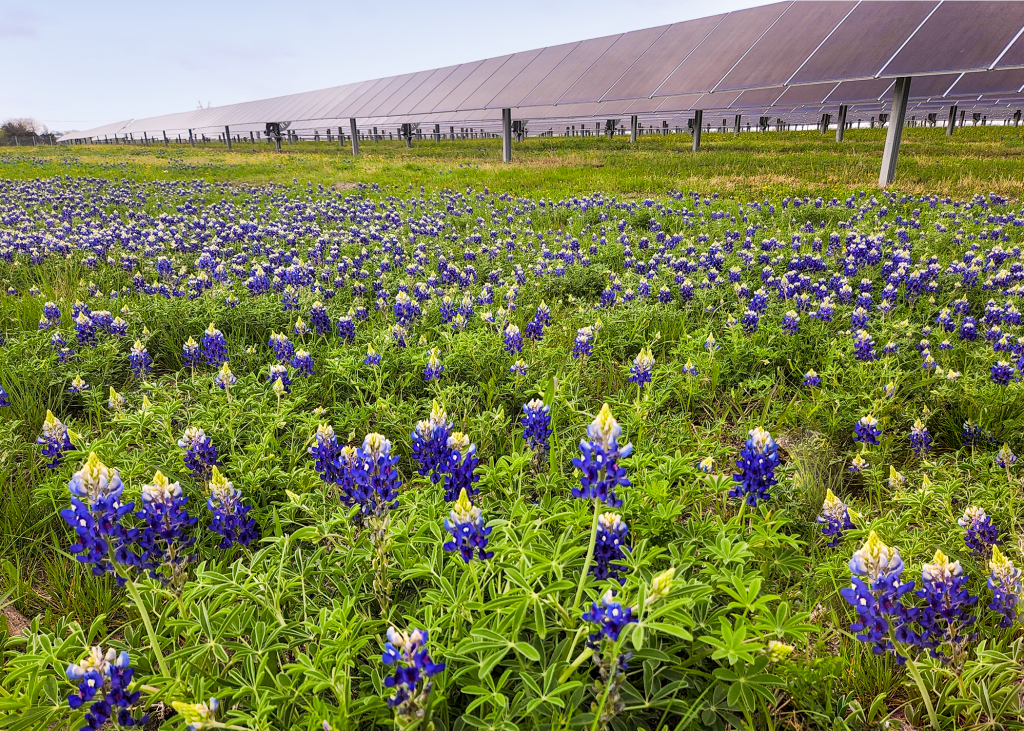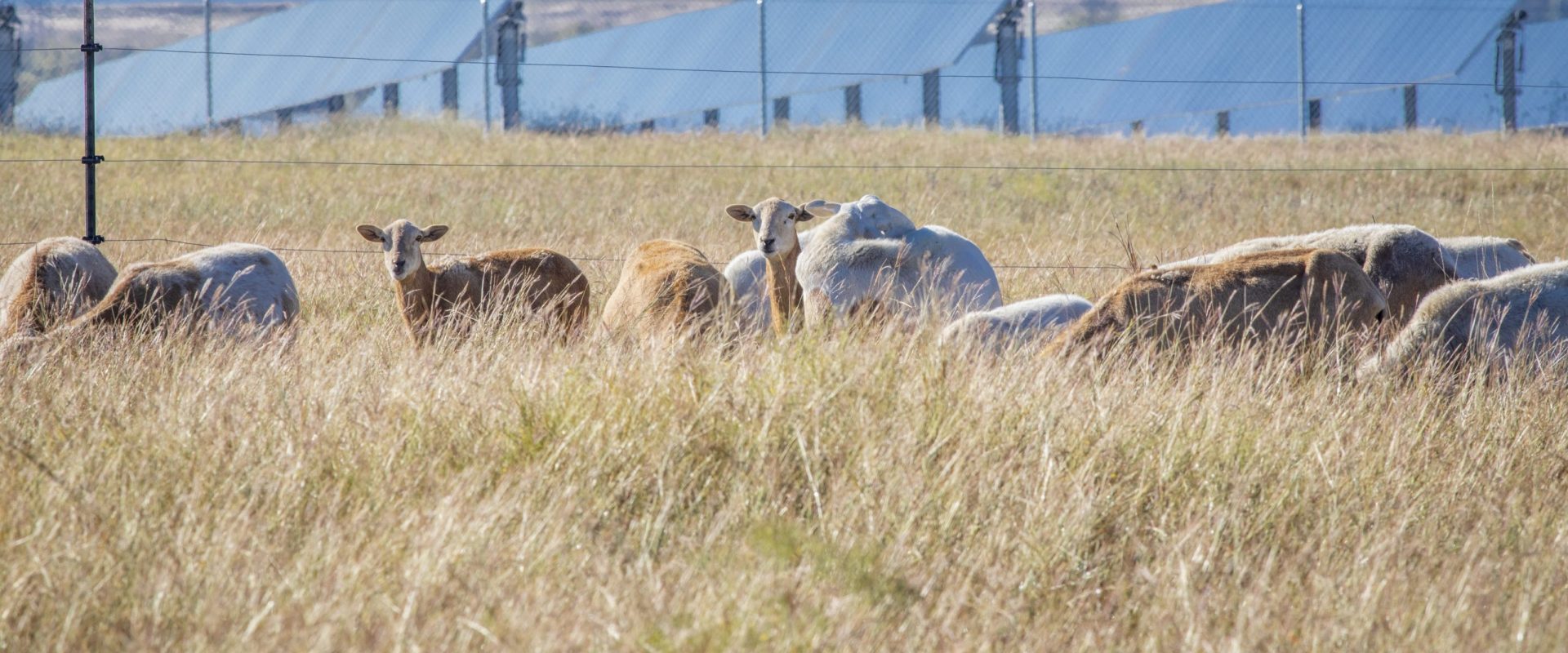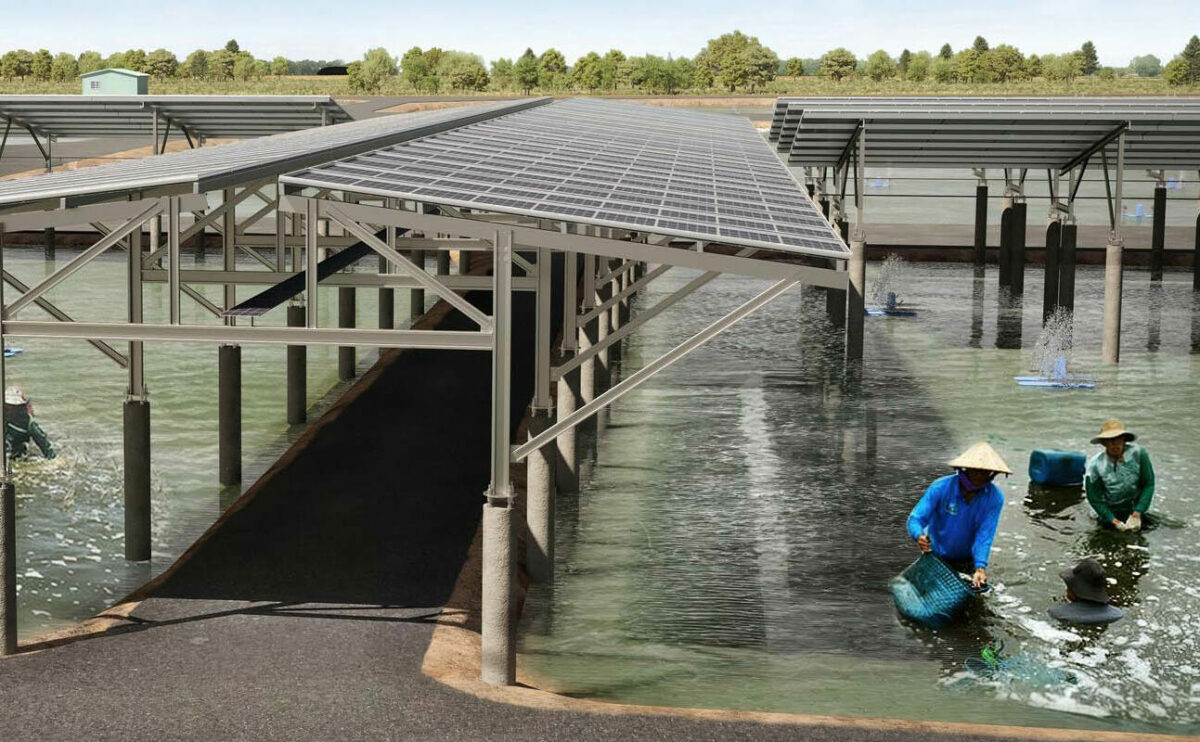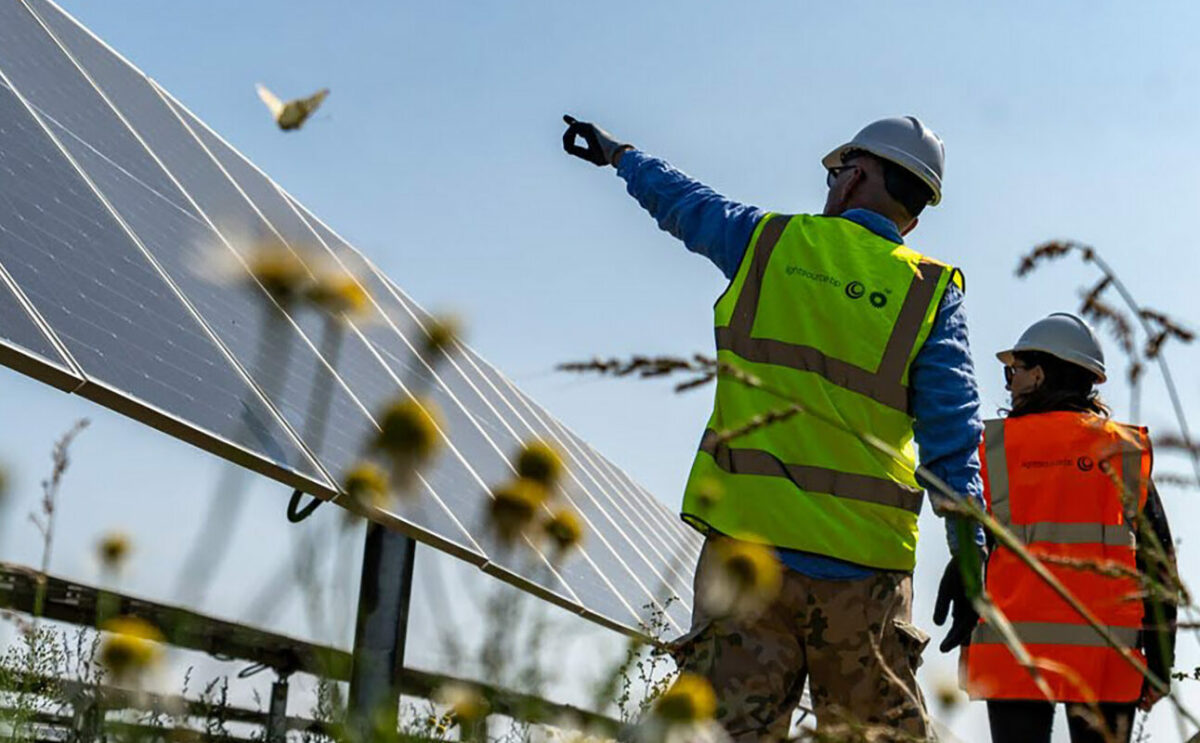Supporting sheep and local biodiversity at Elm Branch and Briar Creek solar farms
Supporting sheep and local biodiversity at Elm Branch and Briar Creek solar farms
Solar farms can support renewable energy generation and thriving ecosystems simultaneously. Two Lightsource bp projects in Texas are showing America how it’s done: increasing local biodiversity together with using land for agricultural production.
Elm Branch and Briar Creek solar farms are located 40 miles south of Dallas. In addition to providing a combined 316MW of clean energy and abating more than 400,000 metric tons of CO2 each year, the projects will support local biodiversity—the variety of species in the area.

Disturbed areas on both sites have been planted with a specialized seed mix, designed by a team of experts to offer habitat for pollinating insects and nutritious forage for sheep. The seed mix contains numerous native grasses, including sand dropseed, little bluestem, blue grama, sideoats grama, Virginia wildrye and western wheatgrass. Selecting species that are native to the area ensures they’ll acclimate and thrive, as well as providing a home for native insects, birds and more.
The mix also contains three species of pollinator-friendly clover. Pollinators are crucial for supporting agriculture worldwide but have seen population declines due to habitat loss and pesticide use. The solar farms will provide a safe home for the bees and butterflies that pollinate surrounding farmland.
Elm Branch and Briar Creek will also support solar grazing, a form of agrivoltaics that introduces sheep to solar farms. Lightsource bp is a member of the American Solar Grazing Association and works with consultants to engage local landowners as paid grazing partners. This program is expected to begin in 2022. The partnership will provide new income for three local grazing partners, while keeping the land in agricultural production for generations..
Starting on 250 acres within the Elm Branch solar facility, hundreds of sheep managed by a neighboring farmer will chomp on vegetation to “mow the lawn” naturally. Two more grazing partners will tend flocks at the Briar Creek Solar site. As they eat, the sheep will spread manure to fertilize the soil. Sheep also attract beneficial insects and combat invasive weeds as they forage.
Together, vegetation, pollinators and sheep will help cultivate a thriving ecosystem of animals, plants, fungi and microbes at both solar farms.
Discover Multiuse Solar
This project is one example of our commitment to co-locating responsibly sited solar projects with other land uses in the United States—an approach dubbed “dual-use solar.” Lightsource bp often goes a step further, building multiuse solar projects where clean energy generation shares land with multiple initiatives including agriculture, conservation, and research.
Related news
04 Dec, 2025
Energy in Focus – How local partnership and community engagement sparks project success
At Lightsource bp, we deliver renewable energy and storage solutions while seeking to enhance ecosystems, local economies and progressing a sustainable supply chain.
20 Nov, 2025
Energy in Focus – Building a culture of safety at Lightsource bp
In our first Energy in Focus episode, Will Manchas, Head of HSE for USA and EMEA shares how our Golden Rules help us protect ourselves and others.
22 Oct, 2025
Lightsource bp supports Apple’s renewable energy projects progress across Europe
Lightsource bp is proud to partner with Apple Inc. in support of its goal to achieve carbon neutrality across its entire footprint by the end of this decade.




